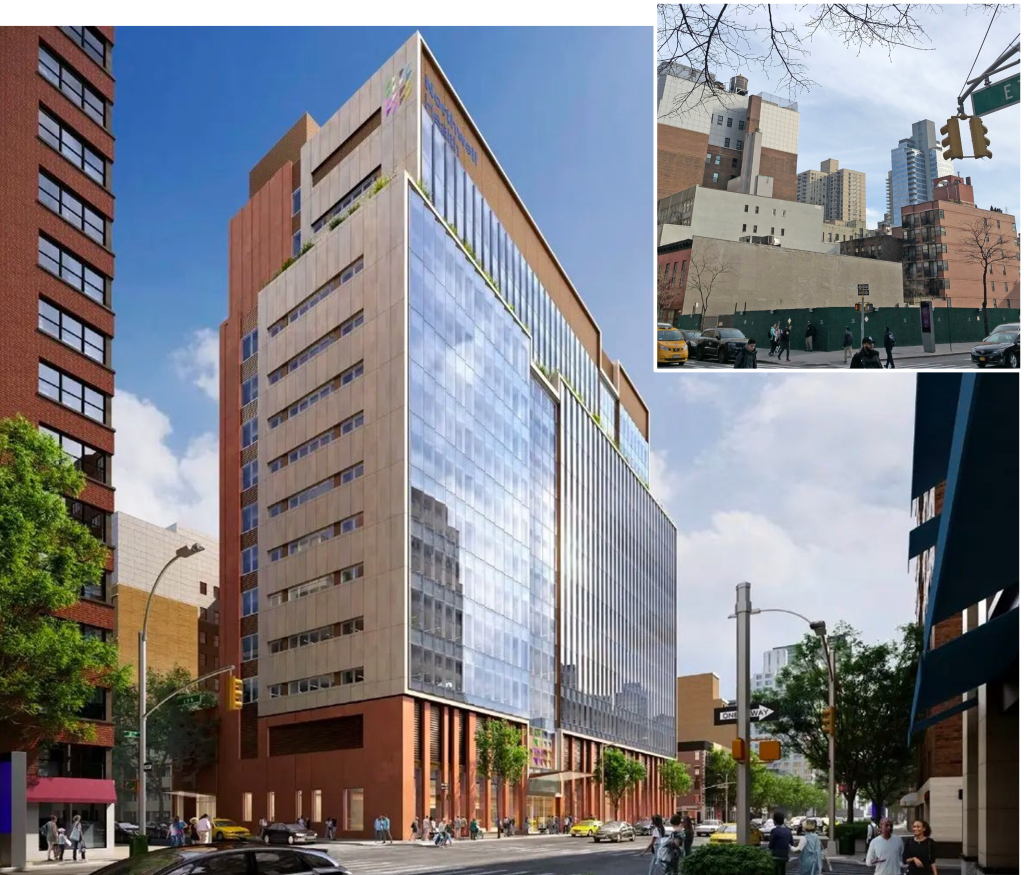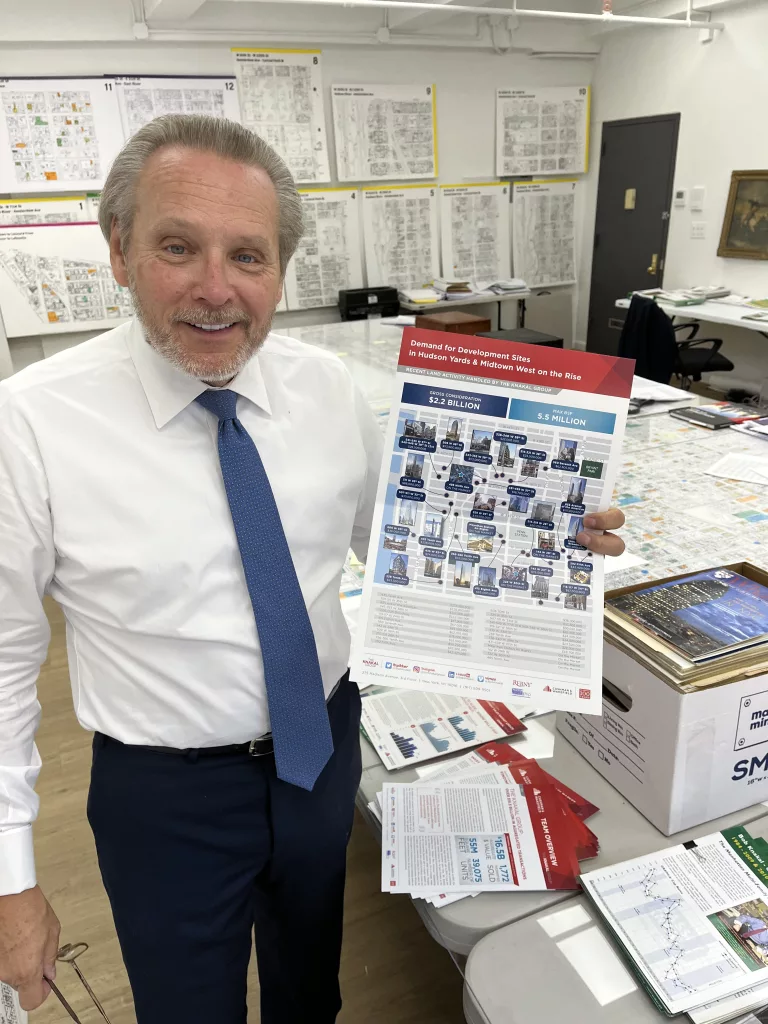When it comes to selling a development site in New York City, several variables impact the potential price you achieve. In my career, I have sold hundreds of development sites aggregating to more than 26 million buildable square feet and nearly $7 billion in aggregate consideration. Several of the sales have been among the most prominent land transactions in the city.
In each of these sales, we implemented a process that positioned the seller to secure the highest price for their sites, often leading to record pricing or levels well exceeding the seller’s expectations.
For those of you considering selling a development site, here are five easy steps to making millions more on your sale:

5 Easy Steps to Making Millions More on Your Development Site Sale
When selling a site, tenant issues are potentially significant encumbrances on a seller’s ability to maximize the sales price. If a property is vacant and free of tenancies, there are no issues here. However, if there are tenants, you must read all leases carefully to determine the nature of the termination clauses or buyout provisions, if any. To the extent that there are no as-of-right options to terminate tenancies, negotiations to buy out or relocate tenants should occur prior to placing the site on the market. Knowing where you stand relative to ‘possession’ is a key to maximizing value.
The main purpose of this undertaking is to ensure that the seller knows exactly what they can and cannot do with the site. The New York City zoning resolution is thousands of pages of often confusing rules and regulations.
Even the most proficient zoning experts require time to investigate any site in a particular zoning district to determine exactly what builders can construct on a parcel of land. Even different parcels within the same zoning district can have varying potential based upon a number of different factors like frontage, depth, and whether the site is midblock or on a corner.
Having this zoning study prepared will also allow an architect to conceptualize a typical floor plan, providing buyers with a clear vision of the layout for hotel rooms, residential apartments, or office spaces. Certainly, the seller will not make any representations about the construction possibilities on the site, but having this intelligence will expedite the process for interested purchasers.
Overwhelmingly, buyers of development sites want to know that the site they are buying is free of potentially adverse environmental conditions. In New York City, it is exceedingly rare for a buyer to get a seller to agree to a post contract execution due diligence period. Therefore, a buyer must perform all their due diligence prior to signing the contract.
Having the report done up front allows the seller to understand exactly what they are selling (in addition to providing an opportunity to address the adverse conditions, if any), and gives the buyer the opportunity to move quickly with their independent report. Once again, a seller is not going to make a representation about the environmental condition, but the buyer can simply have the company that prepared the report for the seller issue an updated report for the buyer, ensuring a quicker and more cost-effective process.
The first thing we do when a client hires us to sell a development site is to investigate whether any neighbors want to sell their properties or, if not, if they are willing to sell their transferable development rights.
The massing study suggested in Step 2 provides insight into the amount of TDR’s that can potentially fit into the zoning envelope. Some of the sites I have assembled have taken many years to put together and have consisted of as many as 14 separate transactions to complete the assemblage.
It continues to amaze me that the largest 25 sales brokerage companies managed only about half of the tens of thousands of transactions that closed over the past 15 years. Retaining a broker to exclusively market the site ensures selling the property at the highest price. Today, I am telling potential sellers that there is a 50 percent chance the buyer of their site is likely to be a buyer they have never heard of, or we wouldn’t have put that buyer in the top 100 prospects for a particular site.
Time and time again, we see first time buyers coming into the market to pay prices well in excess of what the most prominent developers in the city are willing to pay. You can only sell the site once. Why not sell for the highest price you can?








